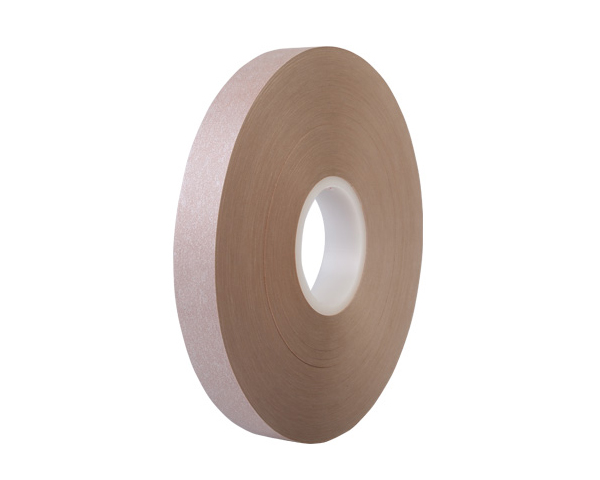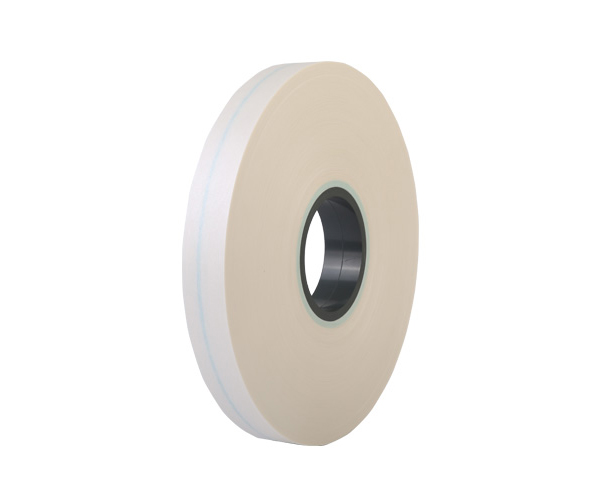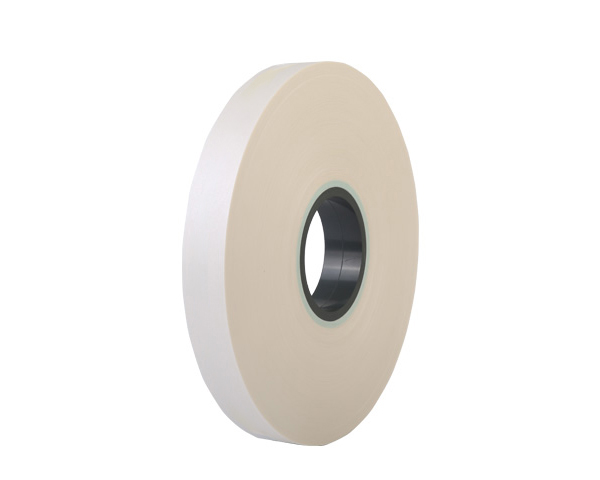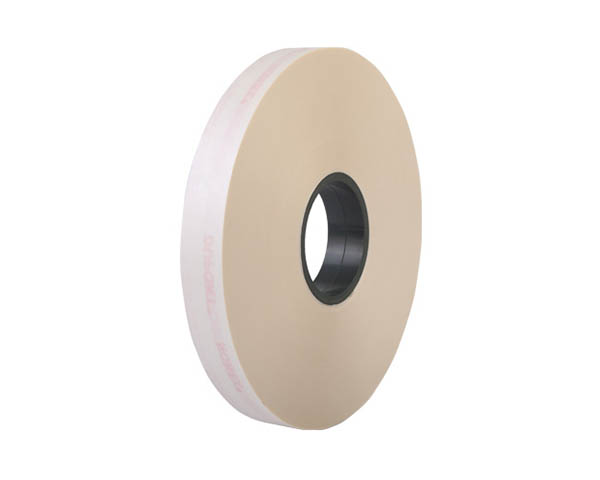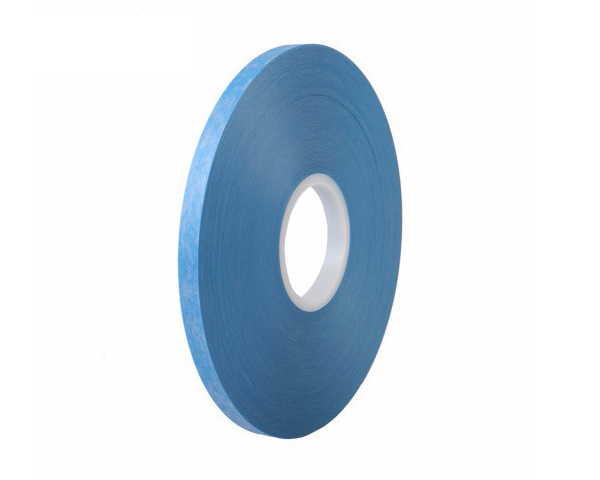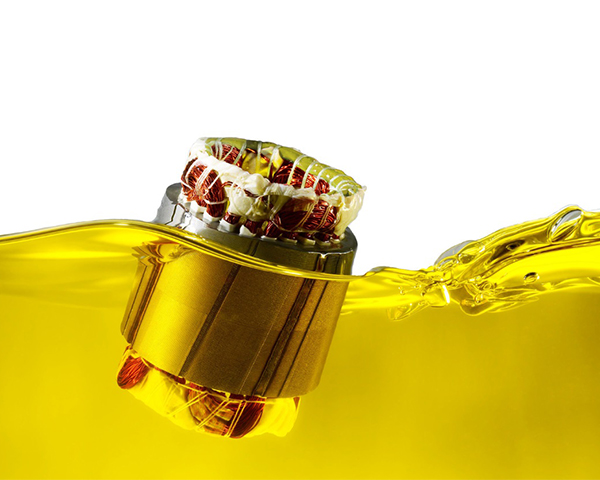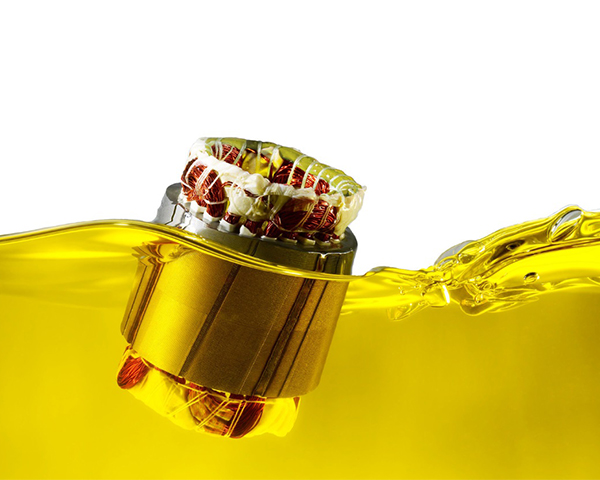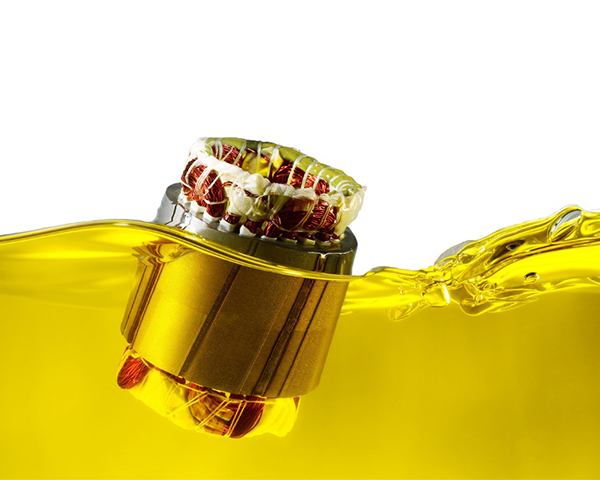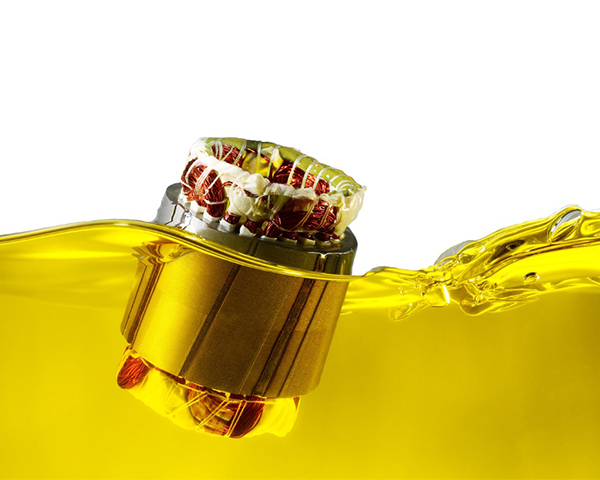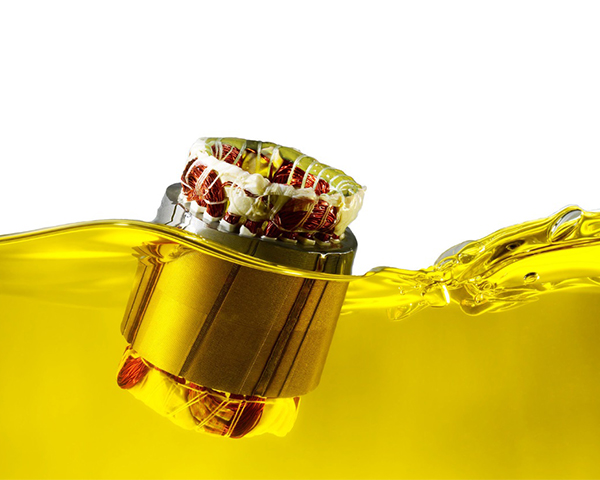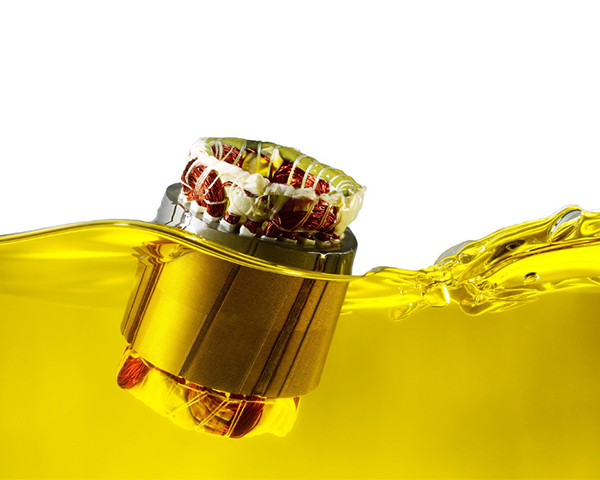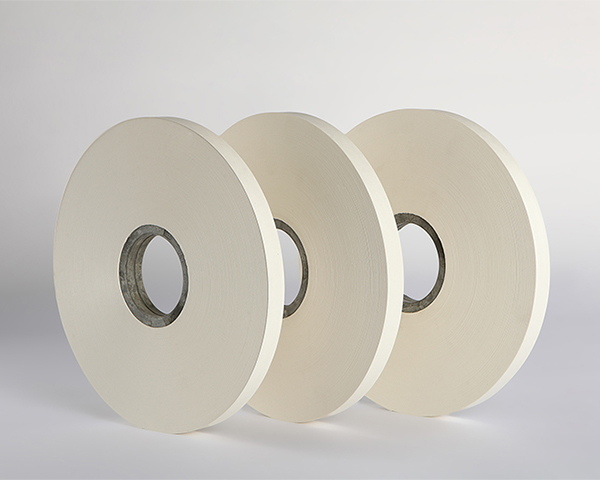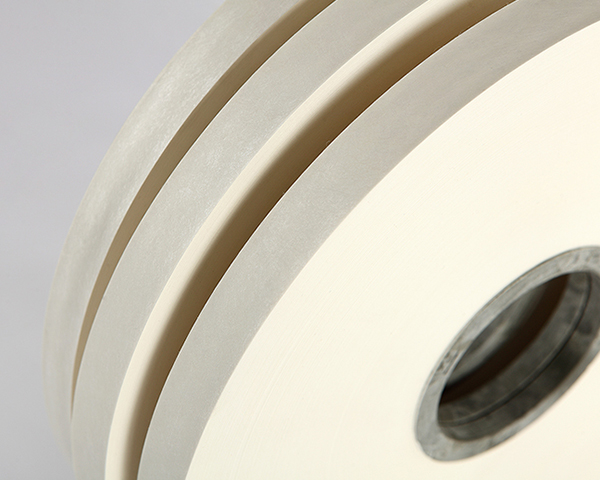Nomex ® T410
DuPont NOMEX® 410 is a rolling insulating paper with high inherent dielectric strength, mechanical toughness, flexibility, and reflection. NOMEX® 410 paper is the earliest product of NOMEX® paper, which is widely used in most electrical devices. It has 12 thickness (0.05-0.76mm) (2-30mil), which is almost used for occasions that are known to be known as the edge of the electrical rope.
Various unique performance combinations make DuPont NOMEX® products have excellent characteristics:
1. Inherent dielectric strength 2. It is not sensitive to humidity
3. Mechanical toughness 4. Radiation resistance
5. Hot stability 6. Non -toxic
7. Burning -resistant 8. Low temperature performance
Inquire Now
NOMEX® is a synthetic aromatic polyamine polymer. When it is made into various types of plates, it will give products high -grade electrical, chemical and mechanical properties. The correct use of NOMEX® products can extend the service life of the electrical equipment, reduce the number of premature damage and maintenance, and can play a safe protection role in the situation where the electric field is unpredictable.
When you use NOMEX® insulation products, you have continuous reliable thermal performance protection in 40 years, which can meet your different industrial standards and ensure the long -term service life and reliability of the product.
The frequency change below 10Hz has basically no effect on the dielectric constant of NOMEX 410 paper. The shadow loud curve of the medium loss factor of the temperature and frequency of the dry NOMEX 410 paper -0.25mm (10mil) paper is shown in Figure 2.
When the temperature is lower than 200 ° C, the 60Hz medium loss factor of the 60Hz medium of 0.25mm (10mil) paper is basically the same. At a higher humidity and frequency, the medium loss factor of thicker paper is slightly higher than the 0.25mm (10mil) paper.
Figure 3 shows the relationship between the surface and volume resistivity and humidity of the dry NOMEX 410 paper -0.25mm (10mil) paper. The corresponding values of NOMEX ° 410 paper of its thickness are very similar.
It can be seen from the table that the effect of moisture (humidity) on NOMEX 410 paper -0.25mm (10mil) paper is relatively small.
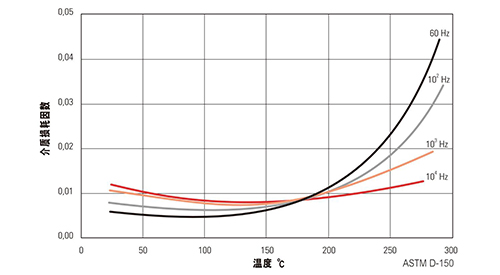 |  |
| Figure 2: NOMEX 410 paper -0.5mm (10mil) The relationship between the medium loss factor and temperature and frequency of insulation paper | Figure 3: NOMEX 410 paper -0.5mm (10mil) paper resistance and temperature relationship |
Like other organic rope materials, NOMEX paper will gradually erode by electricity discharge. Electric halo intensity is a function of the power field strength, and the strength of the electric field depends almost entirely on design parameters such as interval, smoothness and sharp shapes such as circuit components. Although appropriately designed equipment does not generate electricity during the normal operation, any device may withstand sudden overvoltage, generating instantaneous electric halo and discharge: and the rope edge material will not be invalid in these circumstances. It can be seen from Figure 4 that the tolerance voltage strength of the NOMEX 410 paper (the failure time under the impact of the electro -halo) is better than other commonly used organic insulation materials, and it can even be comparable to certain inorganic synthetic substances. These data are obtained on a single layer 0.25mm (10mil) material under the condition of room temperature, 50%relative humidity and 360Hz frequency. The failure time of the material under 50-60Hz is about 6-7 times the icon. The aging curve of NOMEX 410 paper is shown in Figure 5. These values were determined after long-term electrical aging testing according to ASTMD-2275. If necessary, it can provide suggestions on special design.
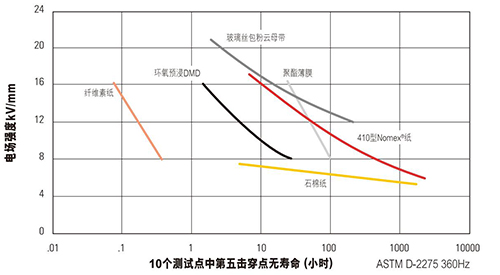 |  |
| Figure 4: Various insulation materials and single-layer NOMEX410 paper -0.25mm (10mil) paper resistance strength | Figure 5: Single-layer NOMEX 410 Paper-0.25mm (10mil) The resistance of voltage resistance at 60Hz |
The typical mechanical performance value of NOMEX 410 paper is shown in Table III. Figure 6 reflects the effects of high temperature confrontation strength and extension rate. NOMEX flake material still maintains good mechanical performance at extremely low temperature. Under the liquid nitrogen boiling point (negative 196 ° C or 77K), the tensile strength of Nomex 410 paper -0.25mm (10mil) paper exceeds 30 to 60%of its room temperature (related to the direction), and the breakdown rate is still greater than 3% (Occasionally than most of the inorganic materials at room temperature). This allows NOMEX 410 paper to work normally in low temperature environments. Water is a soft plasticizer of NOMEX 410 paper. The effects of tide (humidity) confrontation strength and extension rate are shown in Figure 7. Like the extension rate, the tear resistance and toughness of NOMEX410 paper will also increase when the humidity is high. Compared with a completely dry state, the size of NOMEX 410 paper is exposed in an environment with a relative humidity of 95%. Dry the paper again, and its size can basically be restored.
Of course, the change rate of size is related to the thickness and shape of the paper (for example, the comparison of a single piece material is different from the tightly wrapped paper rolls). The changes in environmental humidity usually only cause a size change of less than 1%. However, even if it is small size changes, especially when these changes are uneven, it will cause or aggravate the unevenness (depression, wrinkles, etc.), which may cause question. Therefore, the NOMEX 410 paper used for this occasion should be sealed in its polyethylene protection packaging before use to maintain a uniform moisture content.
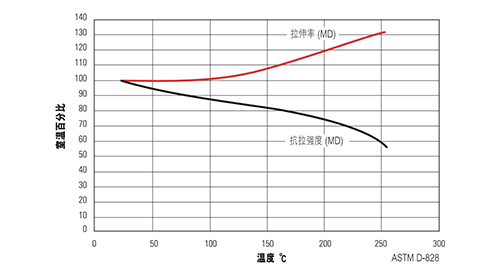 | 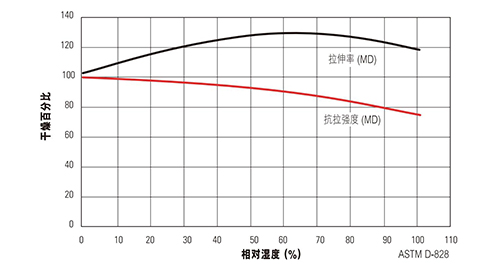 |
| Figure 6: The impact of temperature on the mechanical performance of NOMEX ° 410 paper -0.25mm (10mil) paper | Figure 7: The impact of the mechanical performance of the tide on NOMEX 410 paper -0.5mm (10mil) paper |
The effects of long-term exposure to the important electrical and mechanical properties of NOMEX 410 paper -0.25mm (10mil) are shown in Figure 8, 9, and 10. These Arenius aging performance curves are the basis of NOMEX 410 paper by insured experiments (UL), the US Navy, and its institutions that have been confirmed by 220 ° C insulation materials, and have been confirmed in business practice for more than 40 years. These curves can also be extended to higher temperatures. For example, the measurement results show that at 400 ° C, the NOMEX 410 paper can maintain a dielectric strength of 12kv/mm (300V/mil) for a few hours. This is the same as the performance speculated by the 0K curve.
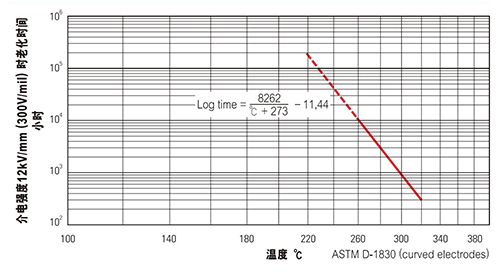 | 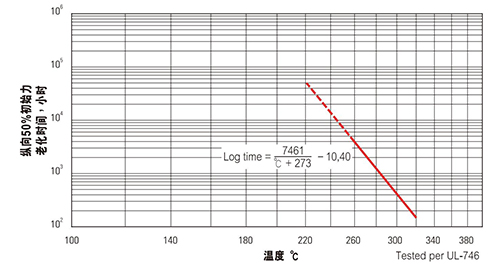 |
Figure 8: NOMEX 410 Paper-0.25mm (10mil) Paper's effective life and temperature relationship | Figure 9: NOMEX 410 paper -0.2 5mm (10mil) Paper's effective life and temperature relationship |
The thermal conductivity of NOMEX 410 paper-0.25mm (10mil) paper is shown in Figure 11. These values are similar to the thermal conductivity of fibrous paper, and the same amount of materials, mainly determined by the proportion (density). Therefore, it can be seen from the Table IV that the less dense NOMEX 410 paper thermal conductivity is slightly lower, while the dense and thicker NOMEX 410 paper has higher thermal conductivity. The composition of the entire system may affect the total heating rate. Therefore, the data in each table should be paid attention to when applying the data in each table to actual occasions. For example, the two -layer rope edge material with different thermal conductivity is completely different from the heat transfer effect of the same coil. Due to the different rigidity or coil tension, it will affect the distance between the rope edge layer.
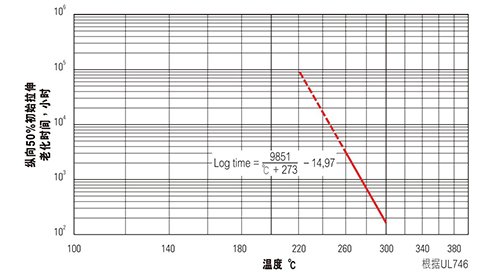 |  |
| Figure 10: NOMEX 410 paper-0.25mm (10mil) Paper's effective life and temperature relationship | Figure 11: NOMEX 410 paper-0.25mm (10mil) paper The relationship between thermal conductivity and temperature |
NOMEX paper and laminar pressure plates are almost all components of electrical enviouss and adhesives (polyiline, polysiloxane, epoxy, polyester, acrylic, phenol, synthetic rubber, etc.) and other components on electrical equipment Compatible, many insulation systems containing NOMEX products have been recognized in UL and have long -term business practice. NOMEX paper is also completely compatible with transformer oil (mineral oil, silicone oil, and other synthetic substances) and the lubricant and frozen agent used in the sealing system. Commonly used industrial solvents (alcohol, metharone, acetone, toluene, diene) will have slight softening and expansion on NOMEX 410 paper, but after removing the solvents, most of these effects can be cleared.
At room temperature, the oxygen limit index (LOI) of NOMEX 410 paper is between 27%and 32%(depending on the thickness and density of the paper). At 220 ° C, the index changes to 22%to 25%. The material of LOI is greater than 20.8%, and it will not burn in the air. Only when heating to 240 ° C to 350 ° C (still depends on thickness), the LOI value of NOMEX 410 paper can be reduced to the combustible point. The size of NOMEX410 paper-0.13mm (5mil) paper (LOI) is shown in Figure 12.
Table V shows the effects of β -ray radiation of 2MEV of 6400 MPARD (64mgy) on the mechanical and electrical performance of Nomex 410 paper. (As a comparison, the composite plate of the same thickness of the same thickness of the 100%epoxy and the composite plate of the composite plate of the polyal plate was broken through 800 MPARD or 8mgy. Essence NOMEX's excellent anti -radiation can make them applied to key control devices of nuclear energy devices.
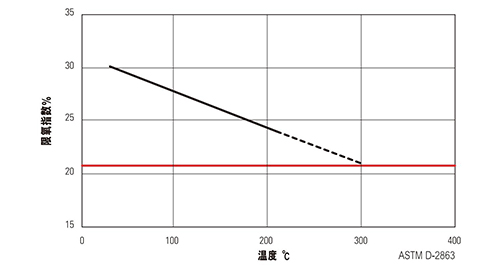 | 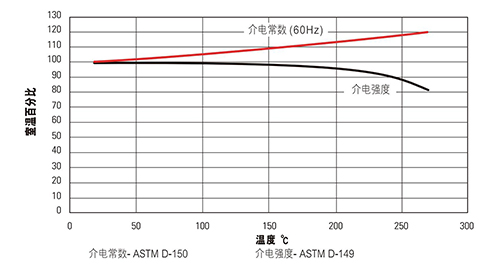 |
| Figure 12: NOMEX ° 410 Paper-0.3mm (5mil) The oxygen limit index (LOI) | The effect of temperature on the electrical performance of NOMEX 410 0.25mm (10mil) insulation paper |
Table I shows the typical electrical performance values for the Nomex 410 paper. The dielectric strength values in the table reflect the ability to withstand the electric field strength at 10 to 20 seconds at 60Hz AC rapid boost conditions, rather than long-term voltage resistance levels. Dupont recommends that the continuous working field strength at 50 / 60Hz should not exceed 1.6kV / mm (40V / mil) when local discharges are possible, especially at high temperatures. For frequent line voltage shocks or other abnormal situations, the continuous workplace strength should be kept below 1.2kV / mm (30V / mil). The full wave shock dielectric strength values in Table I are data generated on plate materials such as interlayer and enclosure. The geometry of the system structure can affect the actual impact strength value of the material. These dielectric intensity data are typical values and not as recommended values for design. Design reference values can be provided if needed. As shown in Figure 1, the temperature has less influence on the dielectric strength and the dielectric constant.
Table |: Typical electrical performance | ||||||||||||
Nominal thickness (mil) (mm) | 2 0.05 | 3 0.08 | 5 0.13 | 7 0.18 | 10 0.25 | 12 0.30 | 15 0.38 | 20 0.51 | 24 0.61 | 25.5 0.65 | 29 0.73 | 30 0.76 |
dielectric strength AC rapid boost " (V / mil) (kV/mm) Full wave rush 2 (V/mil) (kV/mm |
430 17
1000 39 |
550 22
1000 39 |
680 27
1400 55 |
840 33
1400 55 |
815 32
1600 63 |
820 32 N/A N/A |
830 33
1400 55 |
810 32
1400 55 |
800 31 N/A N/A |
730 29 N/A N/A |
750 30 N/A N/A |
680 27
1250 49 |
The dielectric constant 3 0Hz |
1.6 |
1.6 |
2.4 |
2.7 |
2.7 |
2.9 |
3.2 | 3/4 |
3.7 | N/A |
3.7 |
3.7 |
Dielectric loss factor: 0Hz (x10-) |
4 |
5 |
6 |
6 |
6 |
7 |
7 |
7 |
7 |
N/A |
7 |
7 |
Table: Humidity pair to Nomex ® 410 Paper-0.25MM (10 MIL) Effect of the electrical properties of the paper | |||
relative humidity (%) | dry beside or over a fire | 50 | 96 |
dielectric strength" (V/mil) | 850 | 815 | 780 |
(kV/mm) | 33.5 | 32.1 | 30.7 |
dielectric constant 60Hz | 2.5 | 2.7 | 3.2 |
1kHz | 2.3 | 2.6 | 3.1 |
Dielectric loss factor of 4 60Hz (x10-) | 6 | 6 | 11 |
1Hz(x10°) | 13 | 14 | 25 |
mass resistivity Ohm.cm) | 6x1016 | 2x1016 | 2x1014 |
ASTM D-149 uses 50mm (2 inch) electrode, rapid boost: with ASTM D-150, ASTM D-257
IEC243-1 Item 9.1, except set the electrode to 50mm (2 in)
Table: Typical mechanical properties | |||||||||||||
Nominal thickness (mil) (mm) | 2 0.05 | 3 0.08 | 5 0.13 | 7 0.18 | 10 0.25 | 12 0.30 | 15 0.38 | 20 0.51 | 24 0.61 | 25.5 0.65 | 29 0.73 | 30 0.76 | test method |
Typical Thickness " (mil) (mm) | 2.2 0.06 | 3.1 0.08 | 5.2 0.13 | 7.2 0.18 | 10.2 0.26 | 12.2 0.31 | 15.2 0.39 | 20.3 0.52 | 24.1 0.61 | 25.4 0.65 | 28.7 0.73 | 30.4 0.77 | ASTM D-374 |
Reference weight: g / m² | 41 | 63 | 116 | 175 | 249 | 309 | 397 | 547 | 693 | 696 | 854 | 847 | ASTM D-646 |
Density (g / cc) | 0.72 | 0.80 | 0.87 | 0.95 | 0.96 | 1.00 | 1.03 | 1.06 | 1.13 | 1.08 | 1.17 | 1.10 | |
Tensile strength (N / cm) MD XD | 39 18 | 65 32 | 137 66 | 219 111 | 285 152 | 378 196 | 459 252 | 606 354 | 741 497 | 758 524 | 860 630 | 841 595 | ASTM D-828 |
ExExtension (%) MDXD | 9 6 | 11 8 | 15 12 | 18 14 | 19 15 | 22 17 | 19 14 | 20 16 | 18 14 | 19 16 | 16 12 | 17 13 | ASTM D-828 |
Elmendorf tear strength " (N) MD XD |
0.8 1.6 |
1.2 2.3 |
3.4 5.2 |
3.9 7.4 |
6.0 10.8 |
7.4 14.2 |
9.5 17.2 |
14.2 23.7 | N/A N/A | N/A N/A | N/A N/A | N/A N/A |
TAPPI- 414 |
Initial tear MD strength (TR) (N) XD | 11 6 | 16 8 | 33 17 | 50 27 | 71 42 | 93 55 | 116 74 | 163 113 | 201 157 | 209 159 | 252 199 | 251 200 | ASTM D-1004 |
MD shrinkage rate (%) at 300℃ XD | 2.2 0.1 | 1.1 0.0 | 0.9 0.0 | 0.6 0.2 | 0.4 0.1 | 0.4 0.2 | 0.3 0.2 | 0.1 0.0 | 0.0 0.0 | N/A 0.0 | 0.0 0.0 | 0.2 0.0 | |
"Method D: 17N / cm²
The data listed in the table reflect the initial tear strength of the samples in the direction specified in ASTM D-1004. This direction is 90 degrees away from the sample direction. Therefore, for paper with higher MDITR report values, the transverse aspect will have higher tear strength. MD = longitudinal XD of the paper = transverse of the paper
Table IV: Thermal conductivity | ||||||||
Nominal thickness (mil) (mm) | 2 0.05 | 3 0.08 | 5 0.13 | 7 0.18 | 10 0.25 | 15 0.38 | 25 0.51 | 30 0.76 |
density g/cc |
0.72 |
0.08 |
0.87 |
0.95 |
0.96 |
1.03 |
1.06 |
1.10 |
heat conductivity" (mWat/meter K) |
103 |
114 |
123 |
143 |
139 |
149 |
157 |
175 |
All of the data were measured at 150℃
Table V: Nomex ® 410 paper-0.25mm (10 MIL) Paper resistance to 2 MEV electron (β -ray) radiation capacity | ||||||||
(Mgy) measure | 0 | 1 | 2 | 4 | 8 | 16 | 32 | 64 |
MD (% of original value) XD | 100 | 96 | 100 | 100 | 94 | 87 | 81 | 65 |
100 | 89 | 99 | 99 | 97 | 86 | 81 | 69 | |
Elongation rate 1 MD (% of original value) XD | 100 | 100 | 92 | 96 | 76 | 60 | 36 | 18 |
100 | 92 | 91 | 88 | 82 | 47 | 27 | 16 | |
Dielectric strength 2 kV/mm |
34 |
34 |
33 |
33 |
33 |
34 |
35 | |
Dielectric constant of 60Hz 1Hz 10Hz | 3.1 | 3.0 | 3.0 | 3.0 | 3.0 | 3.1 | 2.3 | 2.5 |
3.0 | 3.0 | 2.9 | 3.0 | 2.9 | 3.1 | 2.3 | 2.5 | |
2.9 | 2.9 | 2.9 | 2.9 | 2.8 | 3.0 | 2.2 | 2.4 | |
Dielectric factor of 360Hz (x102): 1kHz 10kHz | 8 | 14 | 10 | 12 | 9 | 14 | 7 | 10 |
13 | 16 | 15 | 16 | 13 | 16 | 11 | 13 | |
18 | 21 | 20 | 20 | 19 | 20 | 15 | 17 | |
ASTM D-828 2 ASTM D-149, using a 6.4-mm (1.4-inch) diameter electrode 3 ASTM D-150

